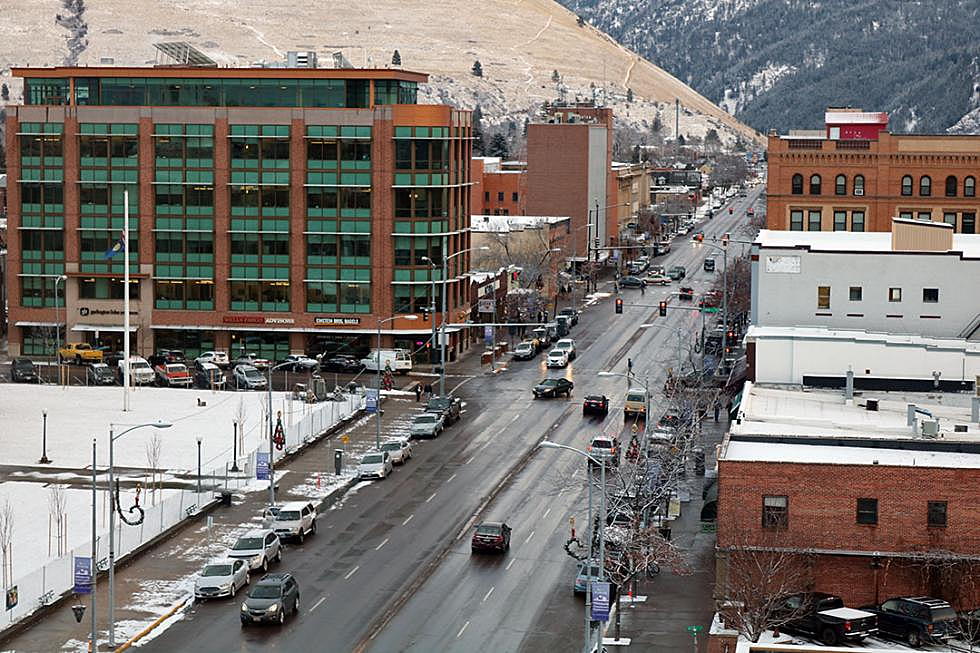
Missoula moves closer to new design standards, guidelines for certain districts
While the language gets a little wonky when talking about design overlays, fenestration and glazing, Missoula will likely have new tools by the end of this year to manage the look and feel of construction in parts of the city.
That push, now years in the making, marks an effort to maintain the character of the downtown district and the city's commercial corridors while allowing for architectural freedom and smart use of land.
As proponents put it, it's all about managing change.
“There's so much happening in Missoula as far as development goes,” said Laval Means with Development Services. “Being able to tap into that and reflect that back out as our buildings are developed helps reinforce the idea of us being a successful and high-quality community as new development happens.”
Members of the City Council and city staffers joined the public and several national design firms on Tuesday night at an open house intended to update the process of crafting new design standards and guidelines.
The effort kicked off two years ago when the city held its first public workshop to begin exploring fixes to what some saw as a wave of corporate architecture, most prominently represented by the Cellular Plus retail store on East Broadway.
Winter & Co. was contracted with a budget of roughly $159,000 to conduct the study and present a set of character management tools. The first report was unveiled last September, followed by several public workshops.
The input helped bring the process closer to final recommendations expected this fall.
“We got general buy-in and support from the community and from the stakeholders,” said Brad Johnson, a senior designer with Winter & Co. “We've turned that into specific code standards and specific guidelines. Now, you're seeing more of what the final product might look like.”
In simple terms, design considerations cover a wide range of topics, from materials to landscaping. How a structure plays off the street, its placement and character also come into play.
Location is also a consideration, and the plan notes a number of districts, including the inner core of downtown, downtown north, the Hip Strip and the downtown gateway. Each area offers its own qualities, and future buildings should be compatible with each, according to the plan.
The city's commercial corridors are also considered.
“This is a pretty significant trend around the country,” Johnson said. “But this one is unique in that we're doing both (standards and guidelines) at the same time. The idea here was to set out a strategy and try to figure out what the right balance and combination of those tools were. It's the best way to do it, frankly.”
While the process to address design quality remains ongoing, the city has made progress. In 2015, the City Council adopted standards that apply to commercial properties smaller than 30,000 square feet – it already had standards for commercial properties larger than that.
But as development continues in key districts, including the Brooks and Russell street corridors, Broadway and downtown, proponents believe the new standards will help improve Missoula’s built environment, or prevent more corporate architecture.
“There's usually a project that sets people off, and there have been a few here,” Johnson said. “Communities see changes happen and that's inevitable to some degree. But it's how you accommodate change while maintaining the character about a place you love. You want something designed for Missoula.”
The working plan details the recommended siting and dimensions of new buildings based on their location, along with vertical scale. It considers the design of the facade, materials and window glazing.
Those in favor of such standards believe they'll improve the built environment. They also believe corporate architecture threatens the city’s character.
“Missoulians care about their community,” Linda McCarthy, executive director of the Missoula Downtown Partnership, said in September. “They appreciate the natural environment, as well as the built environment, and some fear Missoula will lose its unique character if we continue to allow formula architecture to take hold on new development.”
Recommendations are expected to go before the Planning Board in September followed by the City Council in October.
